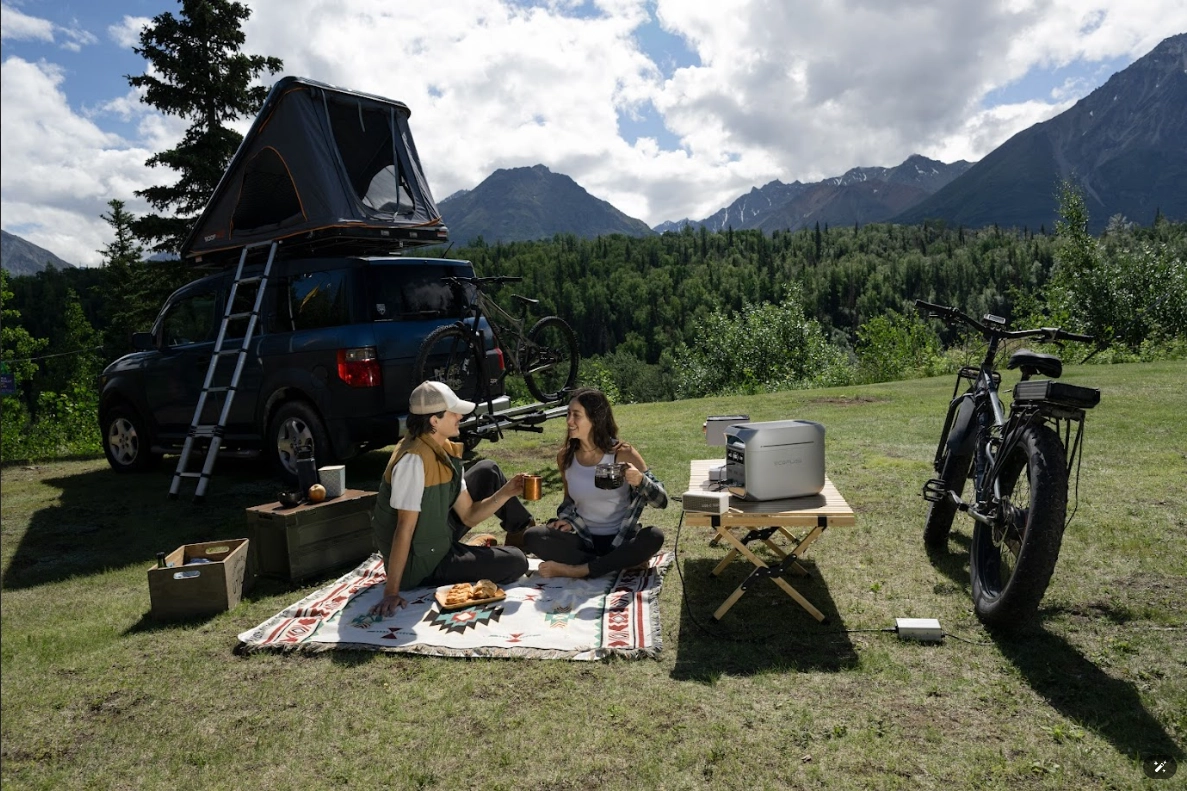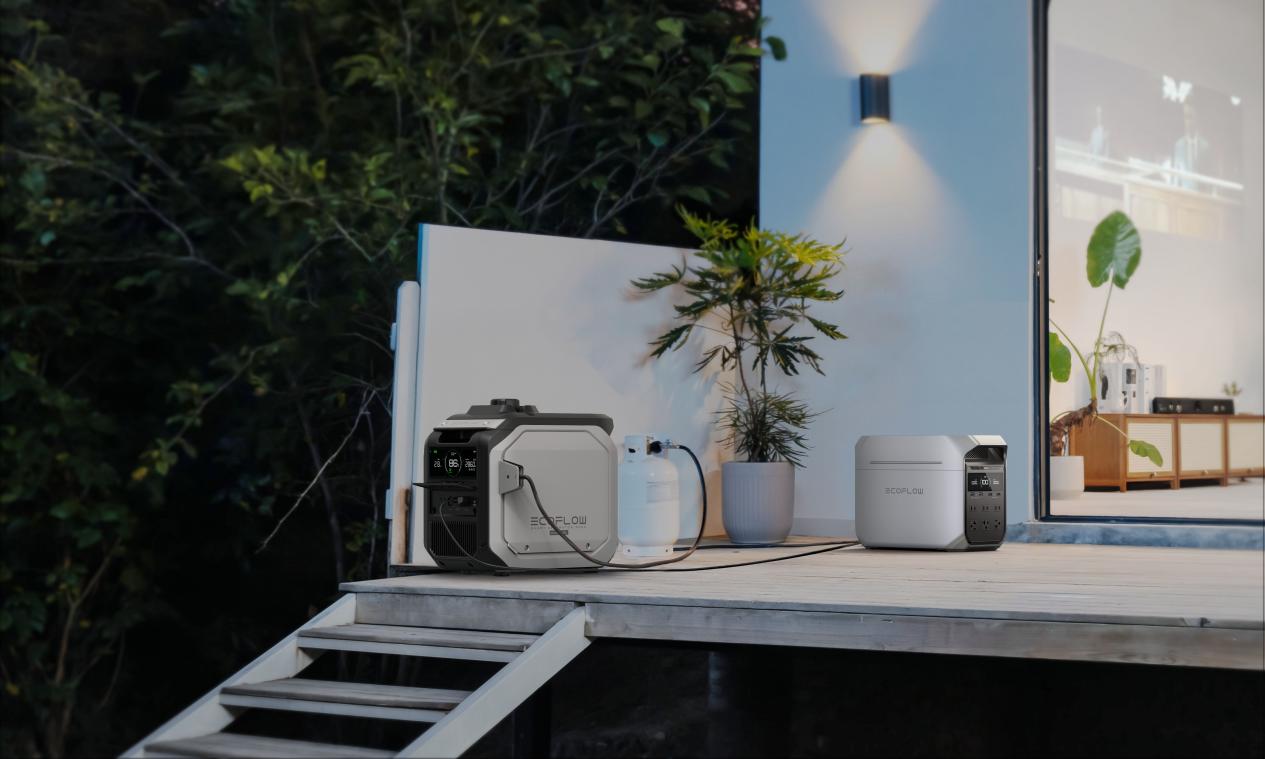Why California Is So Hot and How to Stay Comfortable
California's sunny climate is part of its charm, but in recent years, the heat has turned fiercer, sticking around longer and hitting harder. These extreme heat waves come from a mix of natural geography, atmospheric patterns, and human-driven changes. To stay safe and comfortable, it helps to know why it's happening, how it affects daily life, and what to do right now.
Quick Actions You Can Take Today
Ventilate Early, Seal Later – Open windows for cross-breezes during the coolest morning hours (only if air quality is good). By 9 a.m., close them and draw curtains to trap cool air inside.
Block West-Facing Sun – Use reflective blinds, outdoor shade cloth, or even a temporary sheet to block the afternoon heat.
Hydrate in Small, Steady Sips – Keep a bottle nearby and drink cool water regularly rather than in large gulps.
Shift Outdoor Tasks – Do errands or exercise in the early morning or evening, avoiding 11 a.m. to 5 p.m.
Cool Down Gradually – Move to shade or an air-conditioned space, use a lukewarm shower, and apply cool, damp cloths to neck and wrists.
The California government also offers safety guidelines.
Why California Experiences Such High Temperatures
California's heat has deep roots in both its natural setting and changing climate patterns.
Geographic and Climate Conditions
Factor | Description | Main Impact |
Latitude & Sun Intensity | Located in the mid-latitudes, California gets strong, direct summer sunlight that rapidly heats surfaces | Raises daytime temperatures |
Climate Characteristics | Desert and Mediterranean climate with dry, clear summers and slow nighttime cooling | Extends heat duration |
Terrain & Wind Patterns | Mountain ranges trap heat, while dry inland winds push temperatures higher | Intensifies local heat |
High Pressure & Reduced Ocean Influence | High-pressure ridges block marine breezes, and thinner marine layers weaken cooling | Sustains heat waves |
Jet Stream Shifts | Atmospheric circulation changes keep high-pressure zones in place for longer periods | Prolongs extreme heat events |
Human Activity and Environmental Changes
- Urban Heat Islands: Dense buildings, asphalt, and limited greenery store and radiate heat at night.
- Vegetation Loss and Wildfire Effects: Burned or cleared land absorbs more heat without tree cover.
- Waste Heat from Cooling and Transport: Air conditioners, cars, and machinery release additional warmth.
- Climate Warming Trends: Higher greenhouse gas levels increase both the frequency and severity of extreme heat events.
California's Heat Impacts Daily Life and Safety
The effects go far beyond discomfort—heat influences health, infrastructure, and the environment.
Health Effects
Prolonged exposure to high temperatures can cause dehydration, heat exhaustion, or heatstroke. People with heart or lung conditions may see symptoms worsen during heat waves. Hot nights interfere with sleep, leaving the body less able to recover and weakening the immune system over time.
Lifestyle and Infrastructure Strain
Electricity demand spikes, sometimes leading to outages. Roads can buckle, and rails can warp, causing transportation delays. Even cooking or food storage becomes more difficult when indoor spaces are already warm.
Environmental Changes
Hot, dry conditions increase wildfire risk in sensitive areas. Lakes and reservoirs lose water faster through evaporation, affecting ecosystems and supplies. Farms may face crop losses, which can impact local food availability.
How to Stay Comfortable in California's Heat
Hot days in California can feel relentless, but a mix of smart indoor management, well-timed ventilation, and mindful outdoor habits can keep you cooler and safer. By adapting these strategies to your own lifestyle—and to the needs of different age groups—you can make high temperatures far more manageable.
Keep Indoor Spaces Cool
- Use exterior shade cloth, reflective blinds, or temporary coverings to block direct sunlight.
- Pair a fan with a damp cloth for quick relief—especially effective in dry inland areas. Along the coast, where humidity is higher, focus more on shade and airflow than evaporation cooling.
- At night, choose breathable bedding like cotton or linen to reduce heat buildup.
Ventilate at the Right Times
Open windows during the coolest hours—early morning or late evening—only if air quality is safe (check AQI when wildfire smoke is possible).
Close windows and curtains once outdoor temperatures climb to lock in the cooler air.
Plan Outdoor Activities Wisely
- Choose shaded routes for walks or cycling to limit direct sun exposure.
- Schedule exercise or errands for early morning or late evening.
- Carry water and take short breaks in shaded areas.


Adapting Strategies for Different Groups
Older Adults – Avoid going out during peak heat. Keep living spaces shaded and ventilated, using fans for gentle airflow without prolonged direct blowing on the skin.
Outdoor Workers – Wear wide-brimmed hats and breathable, light-colored long sleeves. Rotate between sun and shade, take frequent breaks, and check coworkers for signs of heat stress.
Children – Limit active play to cooler hours. Dress them in loose, lightweight clothing and ensure they always have water close at hand.
Pregnant Individuals – Rest often, avoid long periods of standing in hot weather, and wear loose, breathable fabrics. Keep cool packs or damp cloths nearby for quick relief.
By combining these everyday cooling habits with group-specific adjustments, you can stay comfortable even when California's heat is at its peak.We don't know when this heat wave will end, so we need to master these tips to live more comfortably.
What to Do If You Suspect Heatstroke
Even with the best precautions, extreme heat can still overwhelm the body. Recognizing heatstroke early and acting fast can make a critical difference. This condition happens when the body's cooling system fails, and core temperature rises to dangerous levels.
Signs to Watch For
- High body temperature – Often 104°F (40°C) or higher.
- Hot, dry skin – or heavy sweating that suddenly stops.
- Confusion or dizziness – Trouble speaking clearly or focusing.
- Rapid heartbeat and breathing – Sometimes accompanied by nausea or vomiting.
- Loss of consciousness – In severe cases.
Immediate Measures
- Call emergency services right away—heatstroke is a medical emergency.
- Move the person to a shaded or cool indoor area.
- Loosen or remove excess clothing to help heat escape.
- Apply cool (not ice-cold) wet cloths to the neck, armpits, and groin, or spray mist while fanning to speed evaporation.
- If the person is conscious and able to swallow safely, give small sips of cool water.
Heatstroke can escalate quickly, so early recognition and swift action save lives. When in doubt, treat it as an emergency and get medical help without delay.


3 FAQs About Stay Cool and Safe in California’s Extreme Heat
Q1: Can pets suffer from heat-related illnesses?
Yes. Dogs and cats can overheat quickly, especially in parked cars, which can become deadly in minutes. Watch for signs like heavy panting, drooling, or lethargy. Provide shade and water, and avoid walks during peak heat. Flat-faced breeds are at higher risk. Never leave pets unattended in a vehicle.
Q2: What is the safest way to stay hydrated in extreme heat?
Drink small amounts of water steadily rather than all at once. Eat foods with high water content—like cucumbers, melons, and oranges. Limit alcohol and caffeine, and replace electrolytes after heavy sweating with foods such as bananas or leafy greens.
Q3: What should I do if the power goes out during a heat wave?
Stay in the coolest room you have. Close off spaces you are not using. Use battery fans with ice or damp cloths for cooling. Keep the refrigerator closed as much as possible. It is best to prepare before the summer heat arrives. A portable power station like the EcoFlow DELTA 3 Plus can keep fans, lights, and small appliances running. It has 1–5kWh expandable capacity and 1800W AC output when equipped with an extra battery, giving you a cool and safe space during an outage.
Beat the Heat, Stay Prepared
California's heat comes from the interplay of geography, weather patterns, and human impacts. We can't stop it, but we can prepare. The portable power station keeps essentials running during extreme heat. Get yours now and stay cool when the next heat wave arrives.